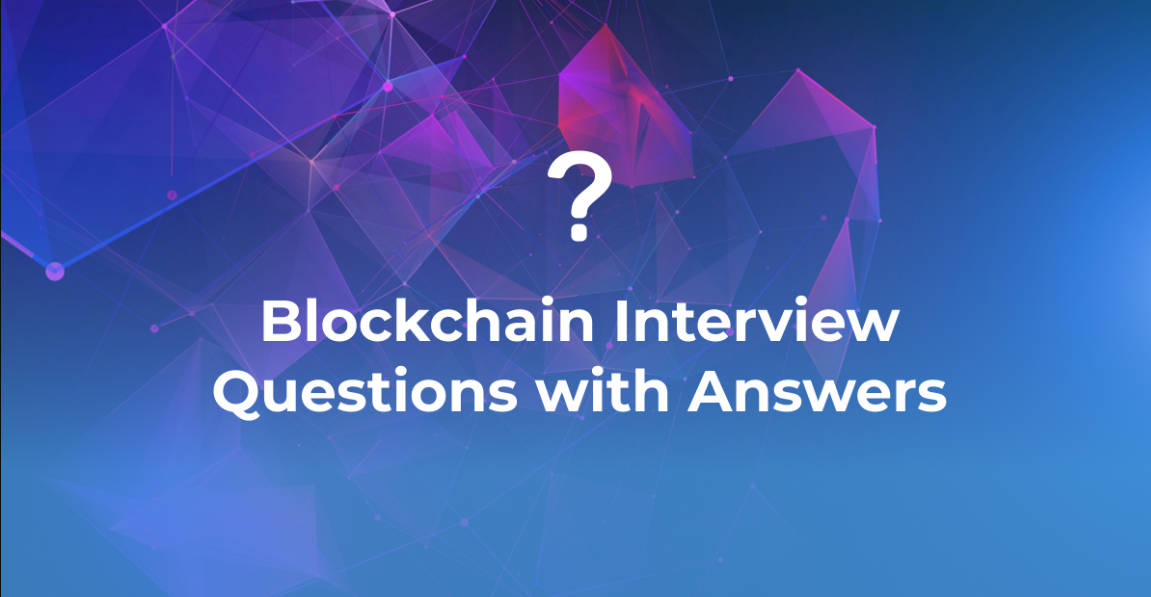Why is it said that account abstraction is more important than public chain scalability?
Why is account abstraction considered more crucial than public chain scalability?Author: Haotian
After watching @VitalikButerin’s speech at ETH HK, I realized that the significance of Account Abstraction has become quite prominent, even surpassing topics like “scaling and L2”.
Why? The core reason is that in the current problems faced by public chains, “abstraction” holds more practical significance than “scaling”.
Scaling aims to solve the “block capacity” issue of Ethereum’s mainnet. Among solutions like Plasm, Validium, and Rollup, Rollup has emerged as the main scaling solution. However, even when scaling reaches a certain level and L2 solutions like Starknet claim to achieve TPS in the tens of thousands, the number of users is not as large as imagined.
- The behind-the-scenes story of Port3’s continuous support from major institutions Deeply exploring social mining products and ecosystem.
- Exclusive Chat with Shane Rodgers Riding the Wave of Crypto Markets amidst Regulation and Altcoin Deluge
- RWA Vision Begins with NFTs
Most new users who enter the crypto world are hindered by a series of differences in user experience compared to web2 products, such as creating wallets, storing private keys, making transfers, paying gas fees, and signing transactions, all of which create a gap that keeps them outside the crypto community.
Account abstraction aims to solve these problems. How to solve them? I won’t go into the details here, as @web3caff_zh’s comprehensive research report explains it clearly. It showcases various products and solutions related to account abstraction wallets and modular tracks, as well as the hardcore workflow of smart contract wallets.
After reading and learning, I increasingly feel that implementing account abstraction in real-world contexts may take longer than expected and go through a phased process:
1) Layer2 chains and other native account abstraction supporting chains are a form of rollup-style abstraction, lowering the entry barriers for users. However, as we can see, the current narrative around Layer2 is not enough to attract a large number of new users. Does this indirectly confirm that “barriers” are not the main obstacles in the industry right now?
2) Innovations like UniswapX and hooks at a protocol layer are also a form of “abstraction”. They combine new paradigms like Permit2+Reactor+Filter, seemingly solving issues like reducing costs and combating MEV. However, the operational barriers are still high. At this stage, it appears that existing DeFi users who are already familiar with the ecosystem have more choices, but they are unlikely to be the turning point for mass adoption by new users.
3) “Intent-centric” narratives, such as those centered around user intent, can be seen as a more advanced form of account abstraction. They incorporate the concept of abstraction into the entire process of user interaction with the blockchain, particularly with the inclusion of AI, taking the narrative to a higher level. However, no matter how beautiful the depiction of intent-centric abstraction is, it will still be the first step towards account abstraction.
Now, here’s the question: Does account abstraction bring new users, or do new users stimulate the implementation of account abstraction? At this stage, it is definitely not a simple cause-effect problem.
We will continue to update Blocking; if you have any questions or suggestions, please contact us!
Was this article helpful?
93 out of 132 found this helpful
Related articles
- From Layer1 to DEX, inventory of 8 promising conceptual projects worth attention
- Quick look at 8 new projects selected for the MOVE Accelerator incubation
- The Richest Insights Billionaire Ricardo Salinas on Bitcoin vs. Bonds – Tackling Inflation Head-On!
- LianGuai Daily | Cryptocurrency market capitalization surpasses $1.3 trillion; BlackRock Bitcoin spot ETF listed on U.S. Securities Depository and Clearing Company.
- SocialFi Protocol vs Mirror Trading Friend.Tech vs Stars Arena vs TOMO
- The secret to earning 4 million in a bear market in 7 months Ignore the noise and align knowledge with action.
- A Detailed Explanation of the Improved Version of YFI Token Economics Can Yearn Win the Turnover Battle?





